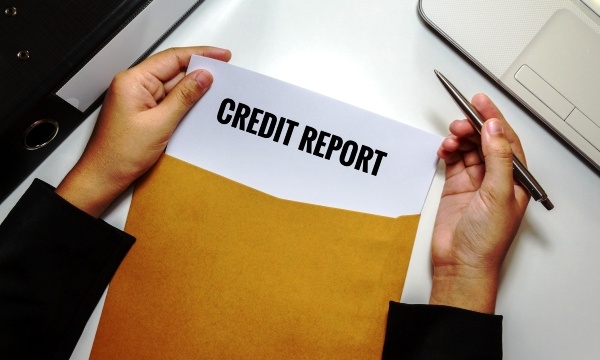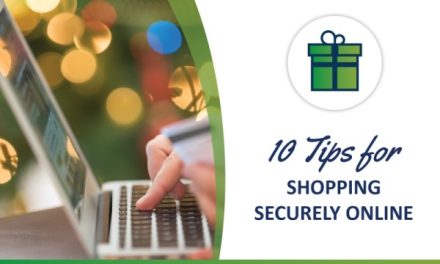Bot fraud refers to fraudulent activities carried out or assisted by malicious bots. These bots are designed to imitate human behavior and perform automated tasks quickly and can lead to serious consequences, such as financial loss and identity theft.
Unfortunately, bot fraud is becoming more common, so staying informed and taking steps to protect yourself online is important.
Bot attacks on user accounts
One common type of bot fraud is attacks on user accounts, especially those linked to financial institutions. Malicious bots use techniques like credential stuffing and brute force attacks to gain unauthorized access to these accounts.
Credential stuffing involves using login credentials from data breaches on multiple websites to gain unauthorized access. In other words, if your username and password are leaked from one website, cybercriminals can use this information to try and access your accounts on other websites. This is why it’s crucial to use unique passwords for each account.
Brute-force attacks are carried out by repeatedly trying different combinations of usernames and passwords until the correct one is found.
Taking proactive measures on your financial accounts, such as creating complex passwords and unique usernames that are not used elsewhere, can significantly reduce the risk of falling victim to these attacks.
What makes a good password
Most of us know not to use the same passwords for different accounts, yet some still do. Below are a few tips in creating a strong and unique password:
1. Avoid using common phrases, names, or quickly guessable information like your birthday or street name. Hackers often use this kind of information to crack passwords.
2. Include a mix of characters, such as symbols, numbers, and upper- and lower-case letters. Don’t just add a symbol and a number at the end of your password—make sure it’s truly unique and complex. For example, a strong password could be ‘P@ssw0rd1234’ or ‘Tru3$ecur1ty! ‘. These are not easily guessable and provide a high level of security.
3. Your password should consist of at least eight characters, but 12 or more is even better. The longer and more complex your password, the harder it is for hackers to crack.
4. Use a trusted password manager. Because strong passwords are unique and lengthy, they can be challenging to remember, especially when each of your accounts has its own password. Using a trusted password manager can also generate random complex passwords for your accounts and securely store them, ensuring your sensitive information is not exposed.
What makes a good username
Many guidelines for creating a password can also be applied to usernames.
1. Consider including a combination of letters and numbers in a random pattern to prevent hackers from quickly guessing it. Avoid using personal identifiers or common phrases, as these can make your username more vulnerable to attacks.
2. Make your username memorable but rare. Using common names or personal information makes it easier for hackers to guess your username. Instead, consider using a word or phrase with personal significance, such as a childhood nickname, a favorite movie quote, or a memorable teacher’s name.
3. Avoid using your email address as your username unless required by the account or business. Email addresses are frequently shared and can jeopardize security, especially in the context of 2-factor authentication.
4. Again, do not include personal information in your usernames. This includes avoiding using your name, phone number, address, social security number, or birthday.
Refrain from using the same credentials across multiple accounts
It’s important to avoid reusing credentials across multiple accounts, as this habit can make you more vulnerable to attacks. To enhance your account’s security, it’s always best to use a different username and password for each account. For example, sharing identical login credentials for your Netflix account and your financial institution can compromise the security of your sensitive information. Again, using a trusted password manager can help you keep track of your account credentials.
Understanding bot fraud and taking steps to create strong and unique account credentials are essential in protecting ourselves and significantly reducing the risk of falling victim to these attacks.
Mid Oregon is dedicated to safeguarding your financial well-being and is committed to providing you with valuable fraud prevention tips. Stay tuned for articles on our website, Digital Banking platform, and social media channels. Let’s work together to keep your finances secure!





